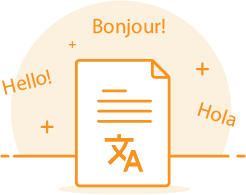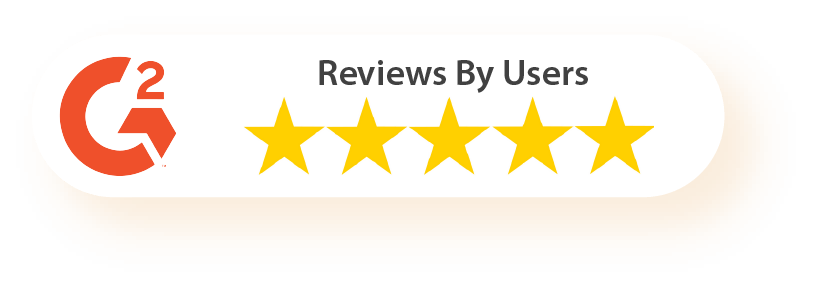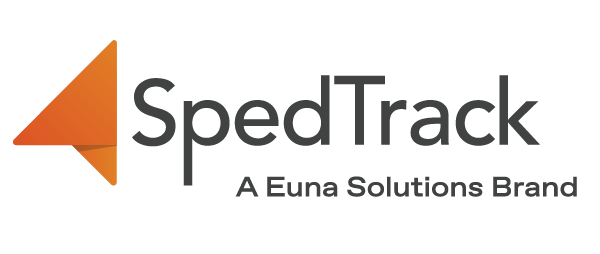Imagine yourself behind a glass wall. Your child is on the opposite side, grappling with a challenge. There’s a group of individuals coaching your child, aiding them in mastering a particular task, and you have invaluable insights to share. These insights could accelerate your child’s progress and enhance their effectiveness.
You yearn to be part of this collaborative effort. You observe other parents in different rooms, actively guiding their children alongside the team, but you’re excluded. The glass wall remains an insurmountable obstacle, even when there are attempts to include you.
You feel helpless, eager to contribute in any way you can, yet no one seems able to bridge the gap.
This is a barrier that English Second Language (ESL) families are facing constantly, particularly if they have a student with an Individualized Education Program (IEP). IEPs require a team of people, including parents or guardians, to be actively involved for the maximum customization of the IEP to the child’s needs.
This proves to be a formidable challenge for districts with ESL families, which are growing every year. One state, though, took a leap forward in bridging this gap, and we are here to help along the way!
Colorado: Taking Steps Toward Equality
The Individuals with Disabilities Education Act requires that IEP documents be available to parents and guardians of students, implying the use of translation if necessary. The regulations behind translation of IEP documents have never been explicitly clear, and often schools were left on their own to fund these initiatives. That is why Colorado has taken a step toward providing relief. At the end of the 2022-2023 school year, the state of Colorado enacted a law stating that all IEPs must be translated into the native language of parents to whom English is not their dominant language, and that schools will receive federal aid to do so.
Laws can be complicated and difficult to read, so we pulled out the highlights of this new regulation:
- The Individuals with Disabilities Education Act (IDEA) requires parents and legal guardians to play a participatory role in the development of a child’s IEP.
- In order for a parent to provide meaningful contribution to the IEP process, they have to be able to understand the IEP.
- School districts are currently having to pay to provide the necessary services to include parents in the IEP process when they do not speak English. They are in need of governmental support with this.
- School districts now have government funding for translation of IEP documents, both finalized and drafts, in order to fulfill the requirement of translation to the dominant language spoken by parents or guardians of children with IEPs.
For a child to have the best chance of success with their IEP, parents and guardians must be involved. We know that the changing demographics of the United States have brought some challenges with this.
Changes in Language Demographics
In December 2022, the United States Census Bureau released an article about the data they extracted from a recent census regarding the native tongue of families in the United States. Here is what they found:

- The most common languages spoken in homes in the United States that do not include English are:
- Spanish or Spanish Creole
- Chinese
- Tagalog
- Vietnamese
- Arabic

- Spanish is the most commonly spoken, non-English language in the home due to the fact that Hispanics are the largest minority group in the United States.
- The majority of people in United States homes that speak a language other than English fall between the ages of 20 and 59. This is a prime age range for parents or guardians that have school-aged children in their homes.

- The number of people who reported that they speak a language other than English in their home has risen to 300 million in the recent years.
- The highest rates of homes that speak English “less than very well” dominantly speak Vietnamese or Chinese.
The problem that many districts are facing is that they do not have the bandwidth to support all of these families and their translation needs. According to the data above, translation demands are only becoming more urgent. Schools are under pressure from government regulations now to provide translation in the dominant language of the parents or guardians of their students with IEPs.
We know how daunting this must seem, especially since quality translation services are often expensive and only have the capacity for a small number of languages. That’s why we’re here. We have translation tools for your IEPs that can transform your district’s compliance.
Rapid IEP Translations with SpedTrack
SpedTrack can take your IEPs and translate them into the dominant language of your student’s parents or guardians instantly. You no longer have to use a human translator to verbally record translations for families, which can take hours. The average IEP takes around 30 seconds to translate with SpedTrack!
The translations are accurate and cover all sections of the IEP, so you don’t have any gray areas. Your student’s parents or guardians will be able to read the IEP in full without any language barriers getting in the way.
The best part—you have access to over 100 languages for translation! Most human, verbal translators specialize in only a couple languages, requiring you to hire multiple specialists to accommodate your district’s needs. Translators are also often focused on the most prominent language needs in the United States, such as Spanish.
SpedTrack gives you the ability to easily translate to a numerous number of languages without worrying about the supply of translators for each language. This will save you immeasurable time and money and make your district shine in light of new regulations that are coming about.
Request a demo today to learn how easily you can translate your IEPs and break the glass walls for your district’s ESL families.

















